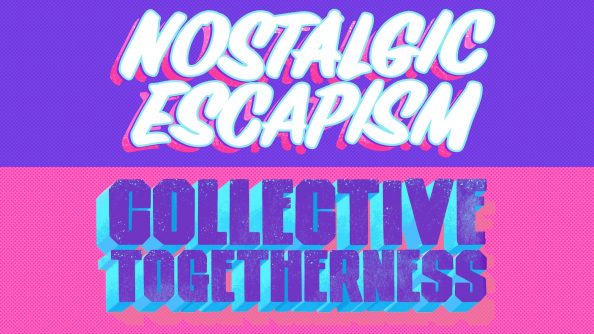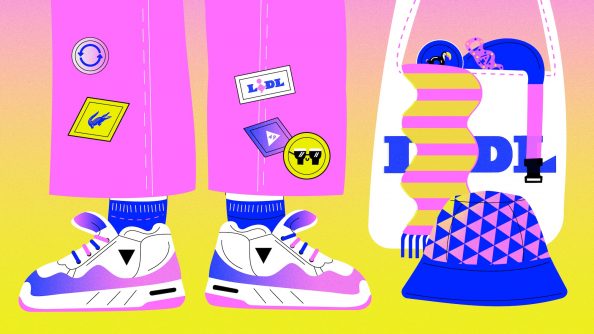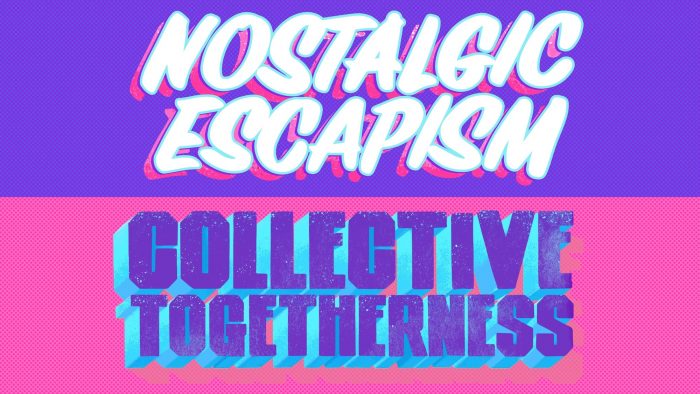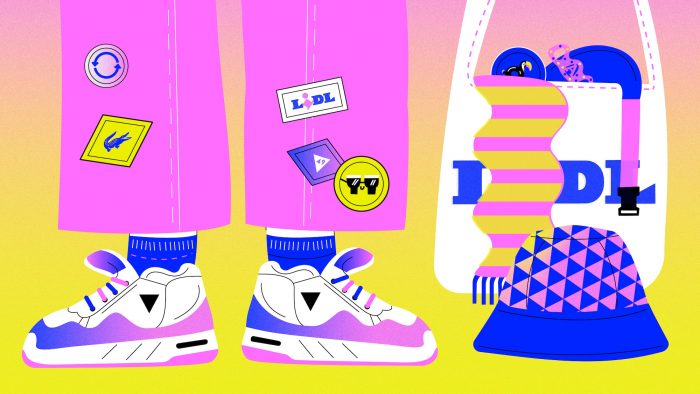In our business, the word “insight” gets thrown around a lot. But as with words like “craft” or “innovation,” over-using these terms without clear purpose means they lose their power. Brand leaders are bombarded with “insights.” It’s hard to tell which ones to trust, or which will meaningfully uncover new behaviors and opportunities.
“Insight” is used as a blanket term for any finding, but in reality, brand insights are entirely different from data points, observations, or truths. Their difference comes from the power to make change and lead to ideas that break through. Genuine insights allow you not just to see the future but also to play an active role in shaping it. To act on insights requires a leap of faith and an open mind on the future impact they can have on any brand.
It’s time that we put a stake in the ground about what a brand insight really is and isn’t so that we’re all speaking the same language, and ensuring genuine insights are never generic.
Here, we explain what insights really are, by contrasting them with what they are not. These six examples should help you get to your brand’s most potent insights.
1. Insights are not data points
True insights rarely incorporate numbers to back them up. Instead, they come from asking the “why” behind the data. For example:
Data point: 61% of consumers seek out sustainable claims for food purchase decisions, but only 21% seek it out for alcohol. (Source: GlobalWebIndex)
Vs.
Insight: The consumer demand for sustainability is greater in brands and categories that deliver on our basic needs (like food), than ones that provide indulgent “nice to have’s.”
Data can help to both inspire insights, and also back them up and prove their relevance. In the above example, that data point inspired the insight below. But, after further exploration, you could find a range of additional data points to support it (e.g. % who consider alcohol as nice-to-have, or % who put the most consideration into the products they use every day).
The objective should be to find a unique insight that reveals an actionable brand opportunity, rather than just using statistics as a proof point.
2. Insights are not observations
They shouldn’t articulate what’s clear to see. Instead, they must go deeper into the emotions that drive that action or behavior.
For example:
Observation: Heat mapping shows consumers’ eyes linger at packaging violators longer than any other element.
Vs.
Insight: Consumers snap out of ‘autopilot’ shopping mode when they detect a change in their expected packaging design.
Observational research is essential to understand how brands and consumers naturally interact, yet observations alone do not provide clear action points. They must be translated into an insight that can be tested and explored, or the observation will remain superficial.
3. Insights are not universal truths
They shouldn’t be obvious statements you nod your head to, but rather something any person could reasonably argue for or against being true.
For example:
Truth: You love watching TV, but hate commercials.
Vs.
Insight: When you are in the zone with your favorite TV show, any distraction is negative.
While the first statement might be true, it most likely won’t lead to any discoveries. Breakthroughs happen when different points of view are heard. Rather than “all ads are bad,” testing the insight above might lead you to find out that some people like ads. Or that some distractions are considered to improve the TV experience.
Remember that with insights, hearing “I disagree” can be as powerful and directional for a brand as “I agree.”
4. Insights are not generic trends
They are only as powerful as they are relevant for your brand and the unique opportunities and challenges you face.
For example:
Trend: The wellness lifestyle goes beyond physical health to encompass all parts of life – mental, social, spiritual, and financial.
Vs.
Insight (for a finance brand): A person’s financial well-being has a direct impact on how healthy they are in all aspects of their lives.
While many brands and categories have already actioned this trend, the magic happens when you translate the insight into something pertinent to your brand specifically. A healthy snack brand can no longer create anything breakthrough with this well-established insight, but a finance brand might be able to translate it into something unique and actionable.
5. Insights are not one-sided findings
They have tensions baked into them that make them as complex and multifaceted as any individual or culture is.
For example:
Finding: Consumers are taking active measures to cut out sugar, artificial ingredients, and other ‘baddies’ from their diets.
Vs.
Insight: While there’s a general shift towards cutting out “bad” ingredients, there are moments when people feel good about indulging in things they know are bad for them.
While the finding is true, where would it lead you to take your brand? If people want less sugar, less flavor, fewer carbs, and less fat, are they eating cardboard?
The insight empowers us to consider that, while there’s a general shift towards cutting out “bad” ingredients, there are moments when people feel good about indulging in things they know are bad for them. This might inspire a brand with indulgent cues to play more into that ‘reward moment,’ or a health brand to accept that they will never be a treat (and that’s ok!)
6. Insights are not necessarily true today
But they explore and tee up what might be true tomorrow. For example:
Today’s truth: With our “always on” mindset, people want tools that make it easy for their work and life to come together on a single device or platform.
Vs.
Insight: While our “all in one” devices offer convenience, consumers are growing resentful of the forced delineation between their work life and their life-life.
Insights require a leap of faith. It’s hard to test them with consumers, hard to quantify them, to rationalize them. That’s because genuine insights allow you not just to see the future, but to also play an active role in shaping it. Every brand has this power when they act on insights. In five years, perhaps we’ll see a revolt against this work/life convergence, driving demand for tools and platforms that re-train us to keep those worlds separate. Or maybe not. Whatever the outcome, you can be sure that consumers will remember brands that move first.











